Chinese railroad worker house unearthed in Utah ghost town

Archaeologists excavating in a Utah ghost town have turned up a rare find: a house belonging to 19th-century Chinese workers on the transcontinental railroad.
The house — now just a layer of floorboards scattered with artifacts such as Chinese coins and stoneware — is the first-ever completely excavated Chinese home on the transcontinental railroad. More than 11,000 immigrants from China helped build the railroad, which connected the Eastern lines in Iowa to the San Francisco Bay. But these workers are often left out of historical documents from the late 1800s, said Christopher Merritt, the state historic preservation officer with the Utah Division of State History. The presence of a Chinatown wasn't on any map of Terrace, for example.
"Being able to open up a whole house for the first time gives us a really interesting lens" on the Chinese railroad worker community, Merritt said.
Related: 15 incredible places on Earth that are frozen in time
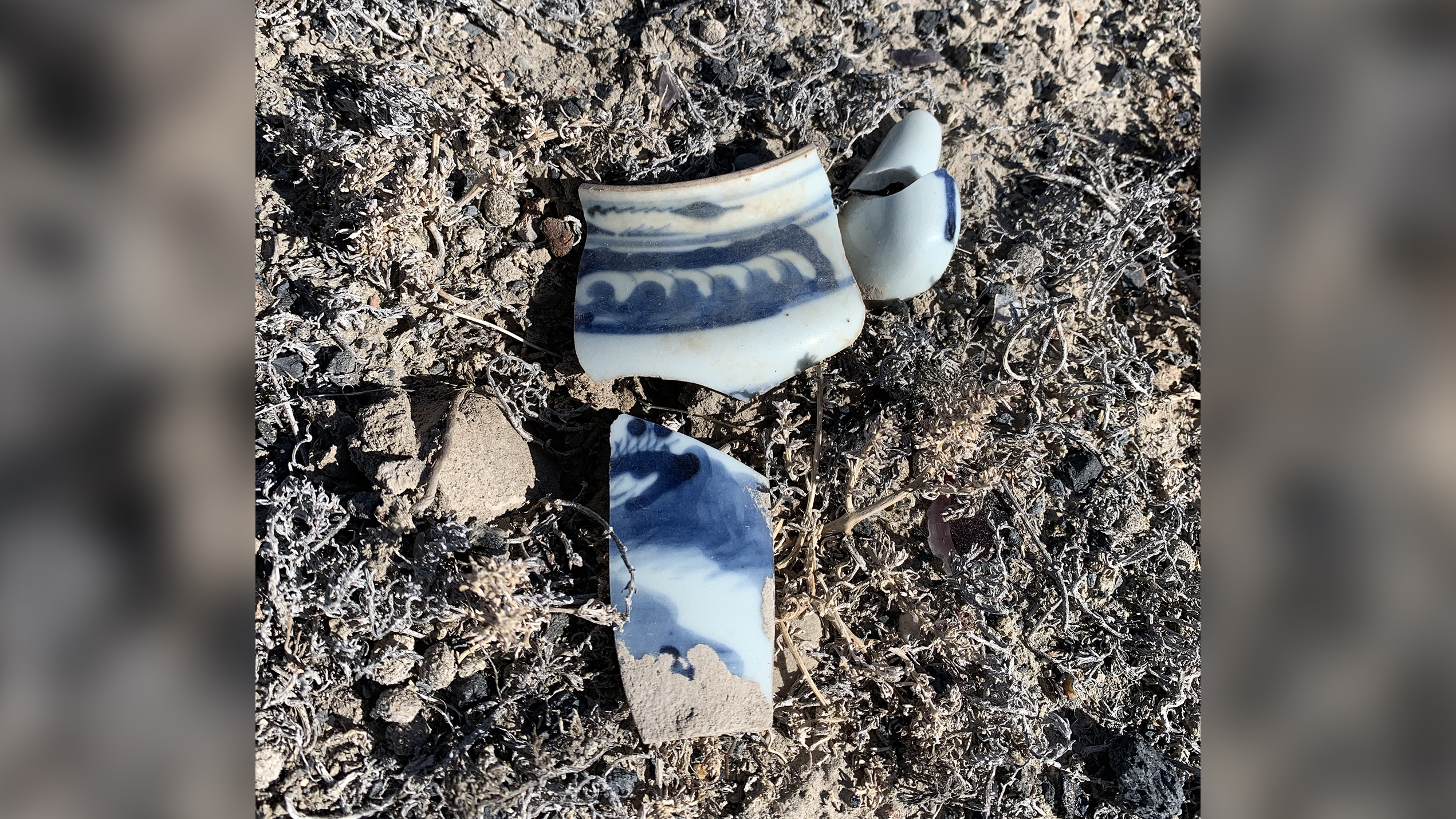
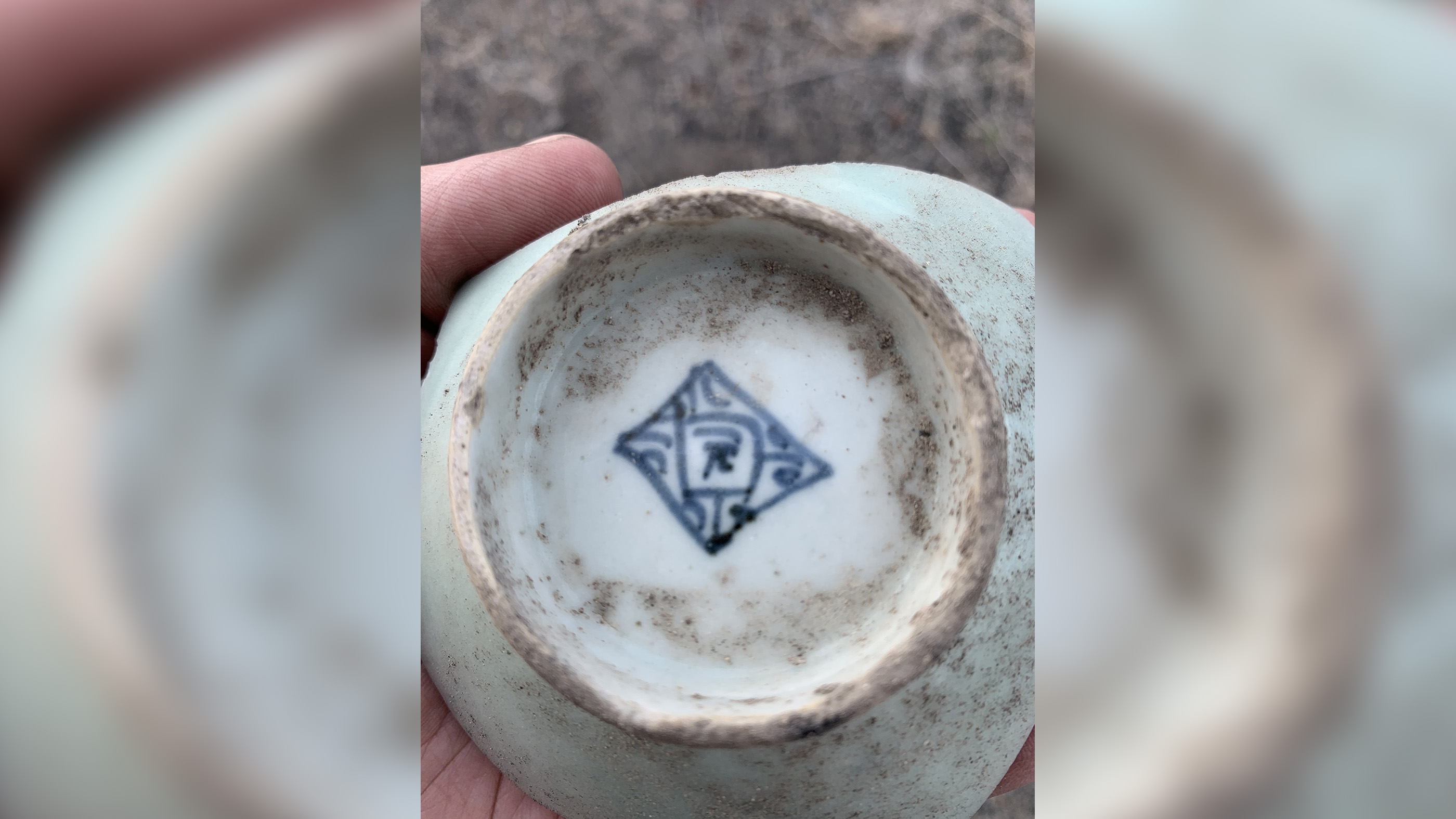
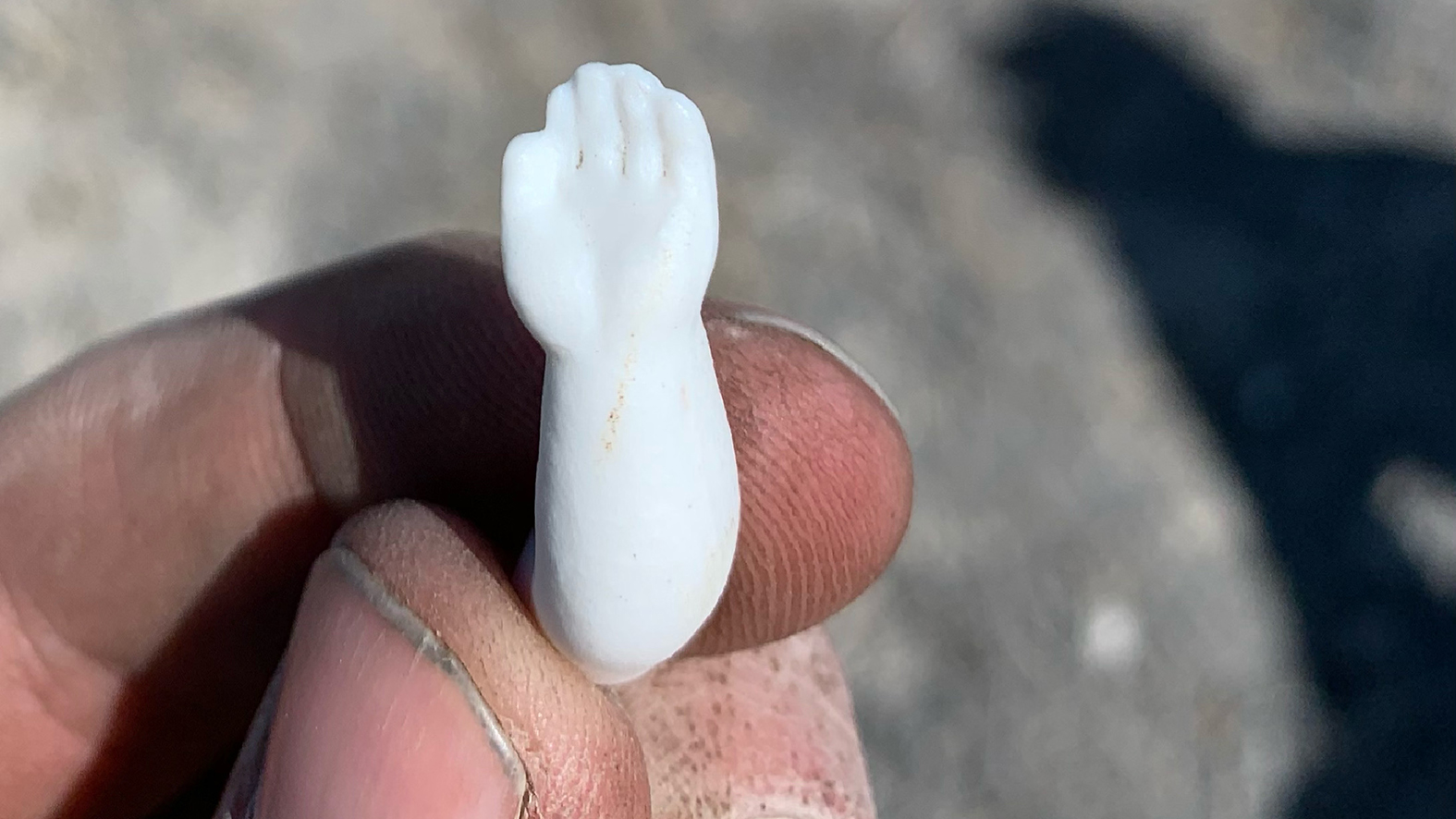
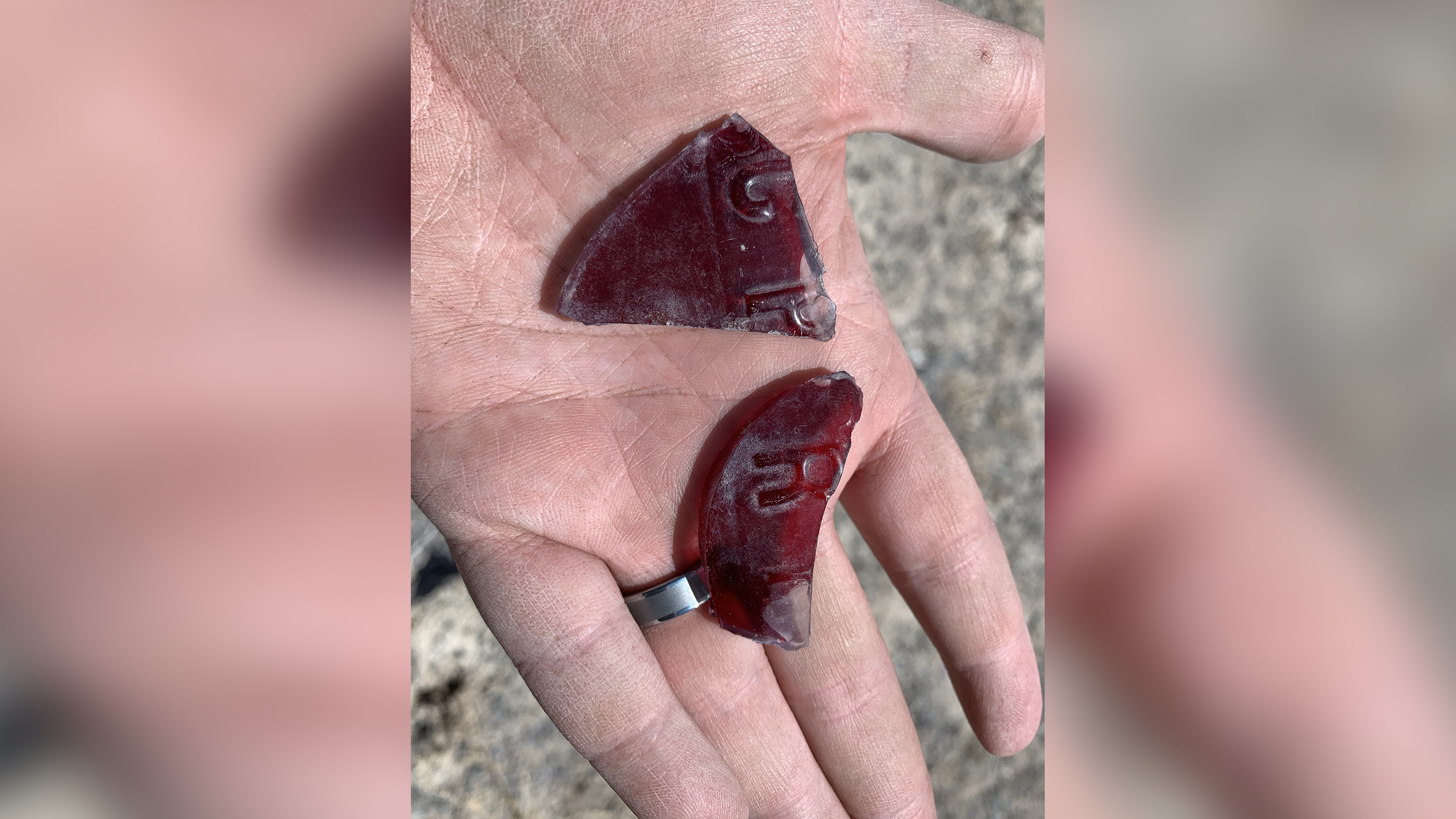
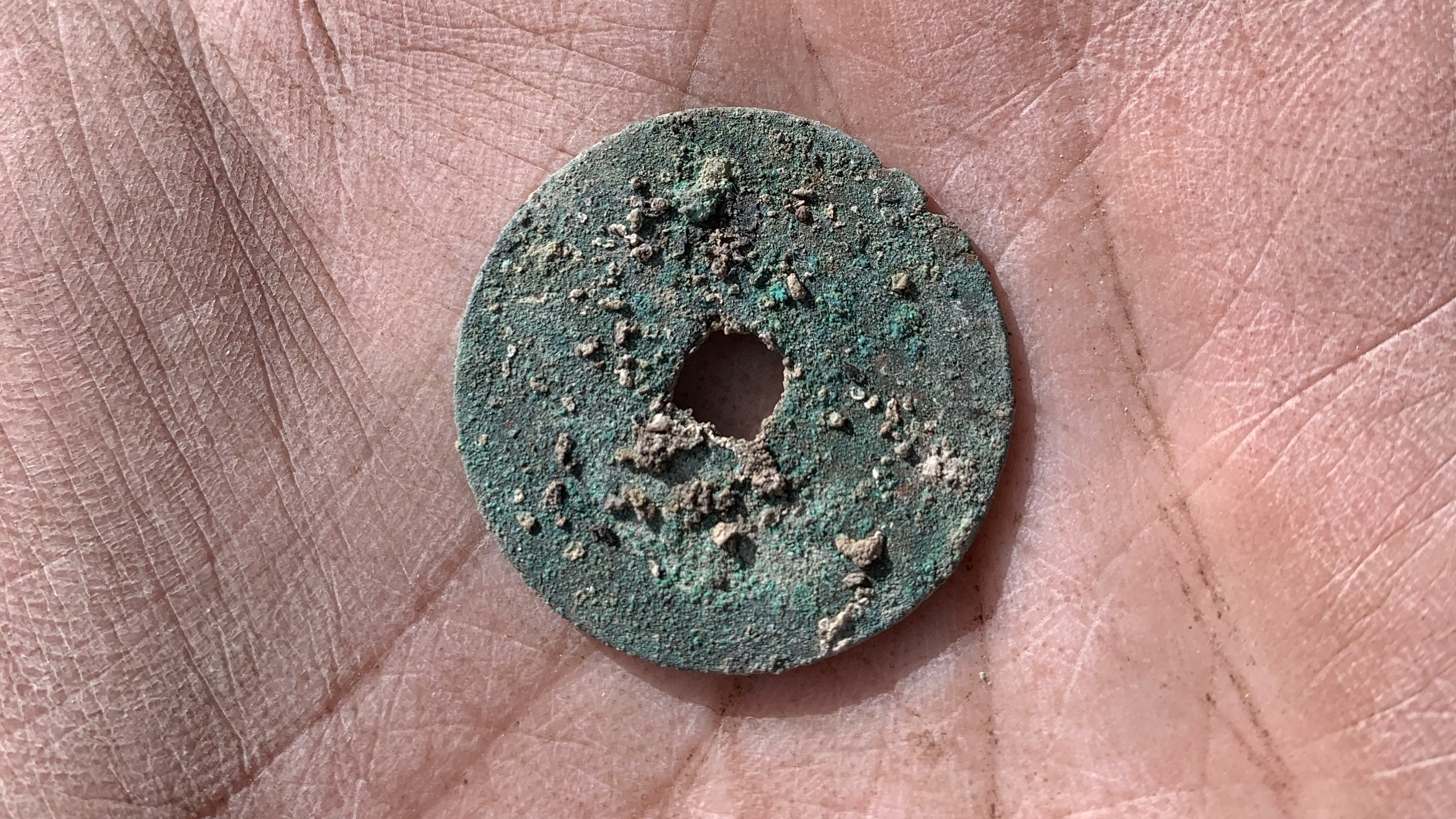
Ghost town
The town of Terrace materialized in far northwest Utah with the building of the railroad in the late 1860s. It was a railroad maintenance town, populated by 500 or so people at its peak. But in 1902, the railroad opened a cutoff route with a trestle across the Great Salt Lake, which meant workers didn't need to travel around the lake or pass by Terrace. By 1904, Terrace was gone.
A fire in the early 1900s erased much of the town's main street, but artifacts remained scattered on the ground. Looting and vandalism are common problems, Merritt said, but the artifacts represented a "time capsule of a boomtown," so state archaeologists desperately wanted to study and protect the site.
Related: Photos: See stunning natural bridges across Utah
Get the world’s most fascinating discoveries delivered straight to your inbox.
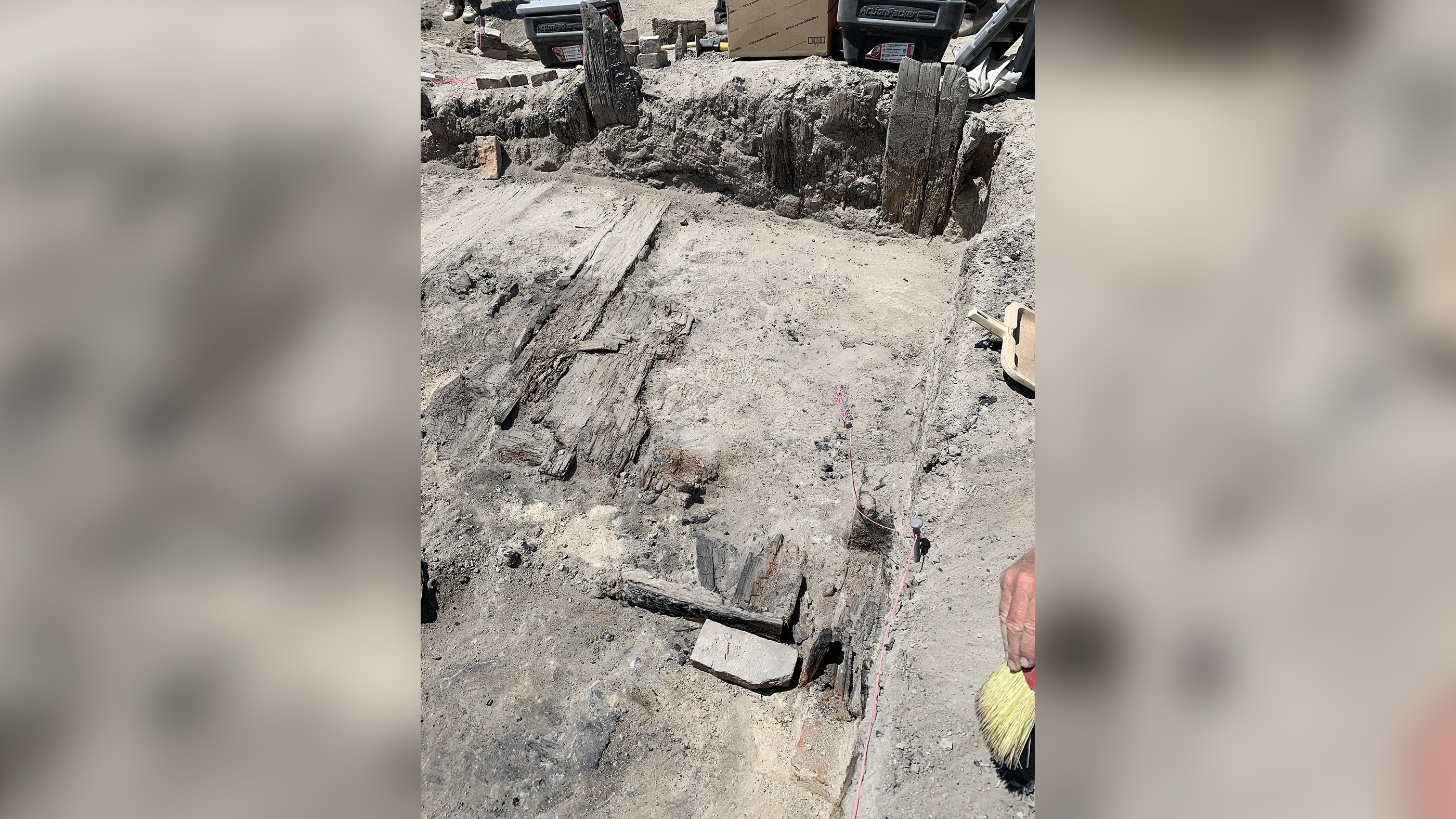

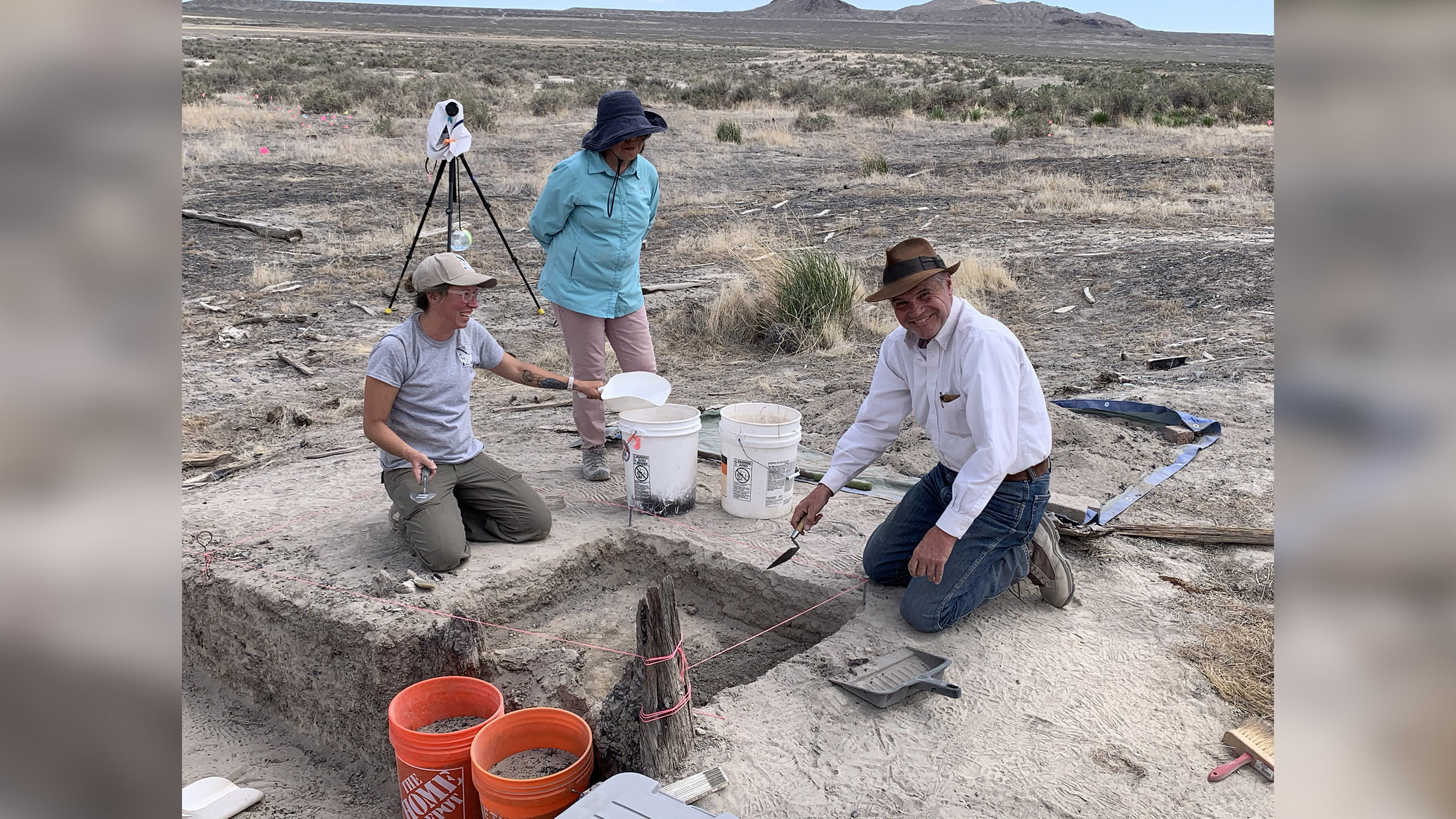
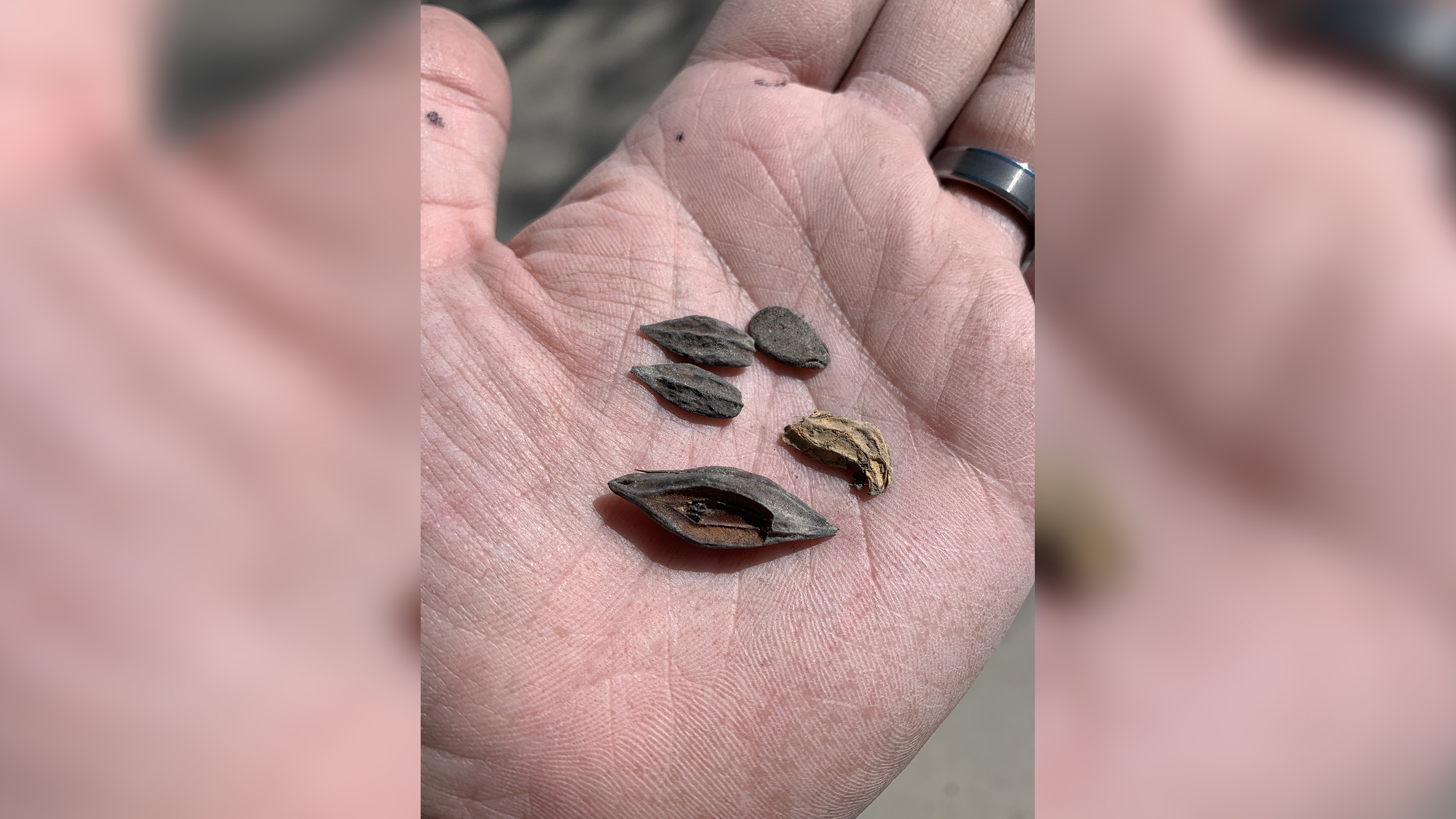
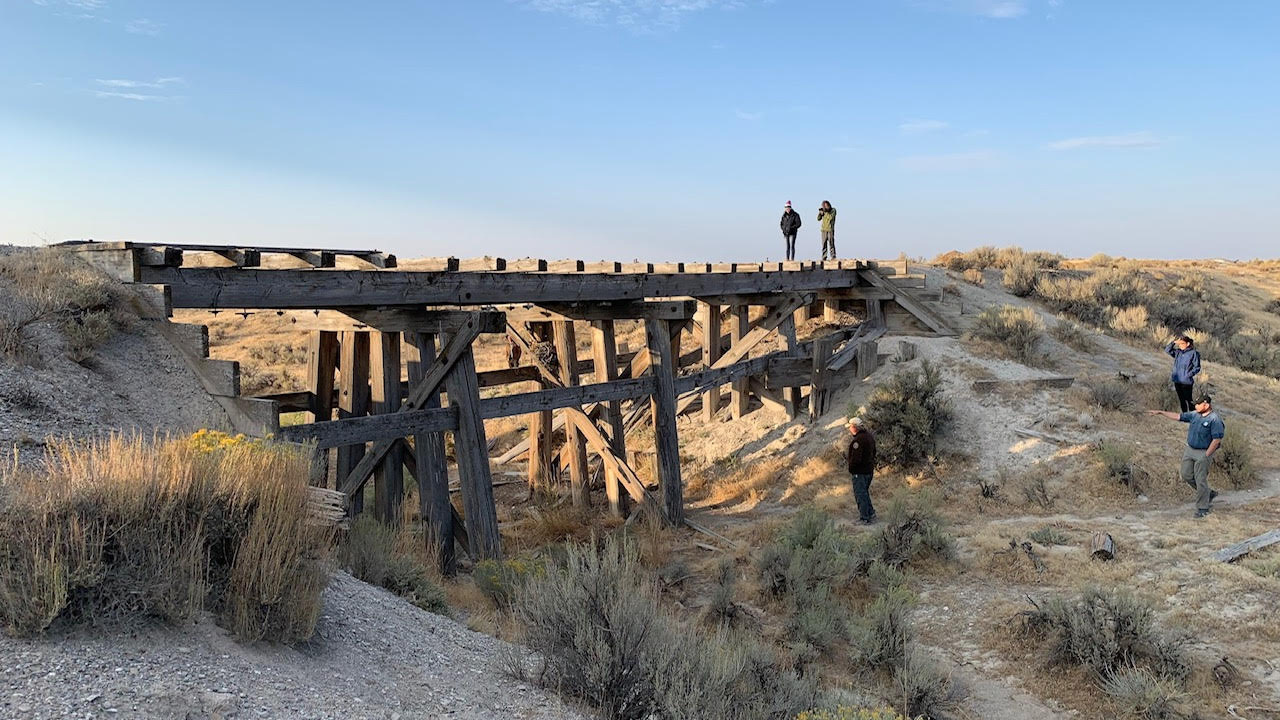
Working closely with the Utah-based Chinese Railroad Workers Descendants Association, the archaeological team conducted two digs at the site.
"The amount of material culture, artifacts on the ground, is staggering," Merritt told Live Science. Archaeologists collected 10,000 to 20,000 items that had been preserved by the dry desert climate. These items revealed something not on any map: the location of Terrace's Chinatown.
Chinese culture on the transcontinental railroad
The researchers could tell where the Chinese workers in Terrace lived based on artifacts such as Chinese coins, gaming pieces, Chinese porcelain bowl fragments and stoneware that would have been used to hold soy sauce and vinegar. From China, these goods would have crossed the Pacific by ship to San Francisco, where workers loaded them onto a train for a journey to this "podunk" little town, Merritt said. The archaeologists and volunteers at the dig even found melon seeds, peanut shells and Chinese dates preserved at the site.
The 1870 Census records 56 Chinese workers living in Terrace at the town's peak, Merritt said, but Census records often undercount minority and immigrant groups. It's possible that as many as 100 Chinese workers called the town a temporary home at its peak. There was no legal requirement for segregation between these workers and the town's white residents, he said, but discrimination and racism kept the two communities apart.
The researchers did, however, discover evidence of at least one Chinese business right on the main street. The type of business wasn't clear, but archaeologists found Chinese liquor jars, stoneware and porcelain in a building foundation. It may have been a grocery store, a laundry or even a restaurant, Merritt said.
"We don't know that answer yet, but at least now we have one fixed point that there was a Chinese presence on this main street in Terrace," Merritt said.
The researchers now plan to analyze more thoroughly the artifacts discovered at the site, hoping to reveal more stories of the workers who made the transcontinental railroad possible. Utah policymakers also hope to protect Terrace. State Rep. Karen Kwan, the president of the Chinese Railroad Workers Descendants Association, told KSL.com that she plans to introduce a resolution in the upcoming legislative sessions highlighting the importance of ghost towns like Terrace. New fencing and signage have also been erected to alert visitors to the identity of the site and to discourage looting.
Originally published on Live Science.

Stephanie Pappas is a contributing writer for Live Science, covering topics ranging from geoscience to archaeology to the human brain and behavior. She was previously a senior writer for Live Science but is now a freelancer based in Denver, Colorado, and regularly contributes to Scientific American and The Monitor, the monthly magazine of the American Psychological Association. Stephanie received a bachelor's degree in psychology from the University of South Carolina and a graduate certificate in science communication from the University of California, Santa Cruz.
